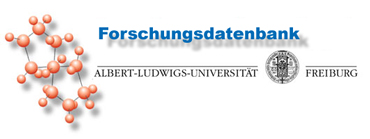| [Back to search results] |
 |

Identification and functional characterization of cellular interaction partners of the ribonucleoprotein complex of Borna Disease Virus
Description of the project:Borna Disease Virus (BDV) is a neurotropic virus suitable for studying features of human developmental disorders in the central nervous system (CNS). This project focuses on identification and functional characterization of cellular factors involved in BDV replication. In a Tandem-Affinity-Purification (TAP)-based approach we are isolating native viral ribonucleoprotein complexes (RNPs) followed by identification of co-purified cellular factors using mass spectrometric analysis. Binding studies should further clarify to which viral protein domain the individual cellular interaction partners (CIP) are binding. These studies should also help to find BDV protein mutants that fail to bind to specific CIP. If BDV protein mutants turn out to be non-functional in the minireplicon assay, we will determine whether the corresponding CIP are necessary for efficient viral replication trying to prevent complex formation in infected cells. Functional characterization of these CIP may not only provide important insights into viral replication strategies but also reveal mechanistical details on virus-induced disorders of the CNS.Runtime:
Additional information: http://www.ukl.uni-freiburg.de/microbio
contact person: Prof. Dr. Martin Schwemmle
Phone: 0761 203-6536
Email: martin.schwemmle@uniklinik-freiburg.de
Start of project: 2004Project Management:
End of project: (unlimited)
Albert-Ludwigs-University Freiburgproject-related publications:
Schwemmle, Martin
Department für Medizinische Mikrobiologie und Hygiene
Institut für Virologie
Hermann-Herder-Strasse 11
79104 Freiburg
Germany
Phone: +49 761 203 6534
Fax: +49 761 203 6626
http://www.virologie.uniklinik-freiburg.de
Actual Research Report
- Mayer D, Baginsky S, Schwemmle M: Isolation of viral ribonucleoprotein complexes from infected cells by tandem affinity purification Proteomics, 2005; 5 (online): 4483-4487.